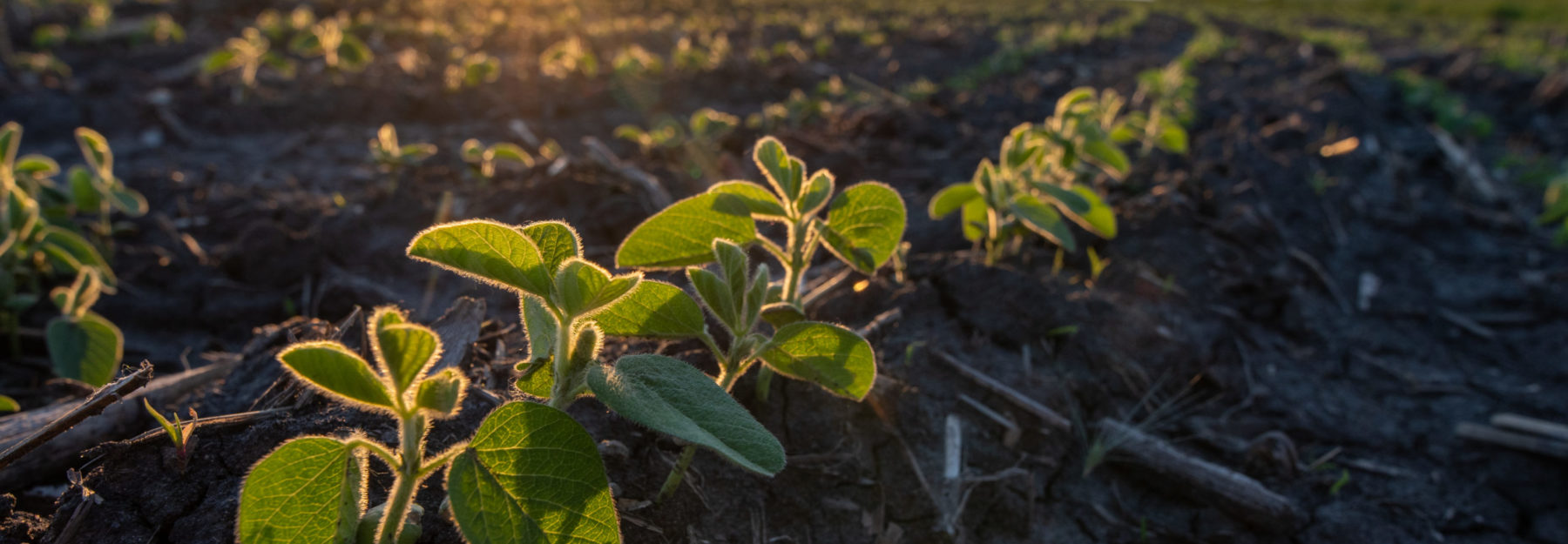
Defining Terms
KEY TERMS & DEFINITIONS FOR CARBON PROGRAMS
The table below lists the terms that farmers may hear when evaluating or participating in carbon programs.
| TERM | DEFINITION |
|---|---|
| ADDITIONALITY | A common carbon offset eligibility factor that only rewards project activities that go beyond business-as-usual. Carbon markets are structured to motivate new activities that would not result from common business practices and are not already mandated by regulation. |
| CARBON CREDIT | The tradeable asset produced by a third-party verified project, representing a metric ton of carbon dioxide-equivalent (CO2e) that is reduced, avoided, or sequestered to compensate for emissions occurring elsewhere. |
| CARBON MARKET | A market in which a supply of carbon credits is sold to companies that use them to meet their voluntary emissions goals or mandated GHG targets. |
| CARBON PROGRAM | An initiative that develops a market to pay organizations (such as farmers) for offsetting carbon and carbon storage. |
| CARBON REGISTRY | An organization that develops the rules and infrastructure for a carbon market, including the development of standards for emission reductions, requirements for verification, issuance of credits, and the tracking of credits from issuance to retirement. |
| CARBON SEQUESTRATION | Long-term removal, capture, or storage of carbon dioxide from the atmosphere through biological, chemical, and physical processes. |
| COMET FARM | Whole farm and ranch carbon and greenhouse gas accounting system. |
| COMET PLANNER | Evaluation tool for initial planning purposes designed to provide generalized estimates of the greenhouse gas impacts of conservation practices. |
| CO2 EQUIVALENTS (CO2e) | The number of metric tonnes of CO2 emissions with the same global warming potential as one metric tonne of another GHG, calculated using global warming potential factors |
| INSETS | Investment by a company in emissions reduction projects in their supply chain |
| GREENHOUSE GAS (GHG) | Gas that absorbs and emits radiant energy within the thermal infrared range, causing the greenhouse effect. The primary greenhouse gases in Earth's atmosphere are carbon dioxide, methane, and nitrous oxide. |
| LEAKAGE | Increases in emissions made by individuals not participating in a project. For example, protecting forests in one area may lead to logging elsewhere. |
| METRIC TON | A unit of weight equal to 1,000 kilograms, or 2,205 pounds. This is the standard unit of measurement used when quantifying carbon emissions. |
| MMRV | Measuring, Monitoring, Reporting, and Verification |
| OFFSET | Reduction, avoidance, or sequestration of one metric tonne of carbon dioxide or GHG equivalent. |
| PERMANENCE | A common carbon offset eligibility criteria that ensures emissions reductions are enduring and have technical and/or contractual protections that ensure reductions or sequestration is not reversed over a meaningful period of time, thus preserving the climate benefits of the activity. |
| SOIL CARBON | The solid carbon stored in soils. This includes both soil organic matter and inorganic carbon as carbonate minerals. |